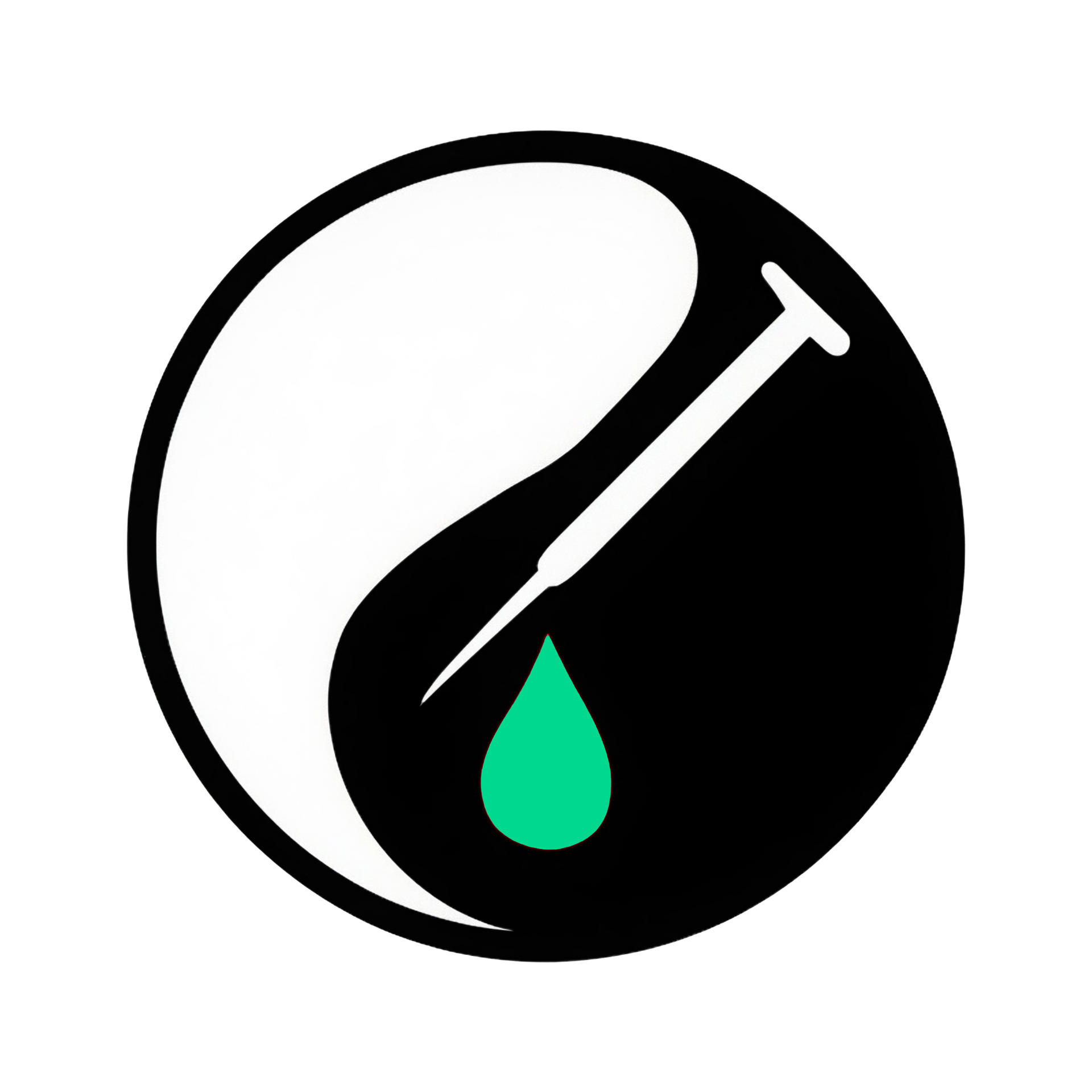Trigger Point Injection Therapy - Greenville, SC
The Development of Trigger Point Therapy
Trigger Point Injection Therapy was pioneered by Dr. Janet Travell in the 1940s. Dr. Travell worked in hospitals and noticed that patients with different serious illnesses often complained most about simple muscle pain in their back, neck, or shoulders. When she examined these patients, she found tender spots in their muscles that, when pressed, caused the exact pain they described.
Dr. Travell called these spots "trigger points" and spent her career studying how to find and treat them. She developed three main ways to release trigger points: injection with procaine (a mild numbing medicine), spray-and-stretch techniques, and direct pressure. Her work became the foundation for modern trigger point therapy and earned her recognition as President Kennedy's physician.
Later, Dr. David Simons joined her research, and together they wrote the medical textbooks that doctors still use today to understand muscle pain. Their work proved that many chronic pain problems come from trigger points, not from damaged bones or joints.
What Trigger Points Are and How They Form
Trigger points are tight bands of muscle fibers that stay contracted when they should relax. These spots can form from injuries, poor posture, stress, repetitive motions, or even sleeping wrong. Once formed, trigger points can cause pain locally or send pain to other areas—like how a trigger point in your neck can cause headaches, or one in your back can make your arm hurt.
At Acupuncture Injection Greenville, Dr. Hendry finds these trigger points by carefully feeling for tight bands and tender spots in your muscles. He has been doing trigger point work for years and can locate exactly where the problem areas are.
How Trigger Point Injections Work
Trigger Point Injection Therapy uses small needles to place solutions like saline (salt water), dextrose, vitamin B12, or mild procaine directly into the trigger point. This causes the tight muscle fibers to release—often with a quick twitch that you can feel. This twitch is good; it means the trigger point is letting go.AcupunctureInjectionsGreenville-gpt-website-text.pdf
The injection serves two purposes: it mechanically breaks up the tight fibers and delivers substances that help the muscle heal and work normally again. Unlike massage or stretching, which may help temporarily, injections can provide lasting relief by actually deactivating the trigger point.
Conditions Helped by Trigger Point Therapy
This therapy helps people with neck pain from computer work or stress, jaw pain from clenching or TMJ problems, shoulder pain from poor posture or old injuries, and back pain from lifting or sitting too much. It's also useful for headaches caused by neck and shoulder trigger points, and for pain that hasn't gotten better with other treatments.
Many people in Greenville use trigger point therapy for problems related to their work—whether that's sitting at a desk, physical labor, or caring for family members. Dr. Hendry often sees trigger points in people who have had to change how they move due to other injuries, causing some muscles to work too hard.
Treatment Experience and Recovery
During treatment at our Wade Hampton office, Dr. Hendry first locates your trigger points through examination. The injection itself takes just seconds, though you may feel a quick muscle twitch as the trigger point releases. Most people say this feels strange but not painful. After treatment, you may feel sore for a day or two as the muscle adjusts to working normally again. This soreness is different from your original pain and usually means the treatment is working. You can return to regular activities right away, though we may suggest gentle movement rather than heavy exercise for a day or two.
Combining with Other Therapies
Trigger Point Injection Therapy works well with other treatments at Acupuncture Injection Greenville. If your trigger points formed because joints are unstable, Prolotherapy can help strengthen those joints. When nerve irritation contributes to muscle tension, Neural Therapy may be added. Acupuncture Injection Therapy can support overall healing and help prevent trigger points from reforming. Dr. Hendry, who is trained in multiple needling techniques and has worked in hospital settings, understands how these therapies complement each other for the best results.
Long-term Results and Prevention
Many people ask how long trigger point injections last. Some get relief that lasts months or years, especially if they also address what caused the trigger points in the first place. Others may need occasional touch-up treatments if they return to the same activities or postures that created the problem. The key is understanding what made your trigger points form and making changes where possible. This might mean adjusting your workspace, learning better posture, managing stress differently, or doing specific exercises to keep muscles balanced.
Common Questions About Trigger Point Therapy
People often wonder if they can just use massage or stretching instead of injections. While these can help, trigger points that have been present for months or years often need the direct approach that injections provide. The mechanical disruption and healing substances delivered right to the problem spot can achieve results that surface treatments cannot. Others ask about safety. Dr. Travell used these techniques safely for decades, and modern practitioners have refined the methods even further. Side effects are rare and usually limited to temporary soreness at injection sites. Some patients worry about the muscle twitch during treatment. This is actually a good sign that shows the trigger point is releasing. Without this response, the injection may not have hit the right spot to provide lasting relief. If you live in Greenville and have muscle pain, tension, or headaches that haven't responded to other treatments, Trigger Point Injection Therapy may help release the knots that are causing your problems. Our team explains everything clearly and helps you understand how this proven therapy can restore comfortable movement and reduce pain.
